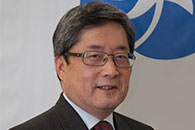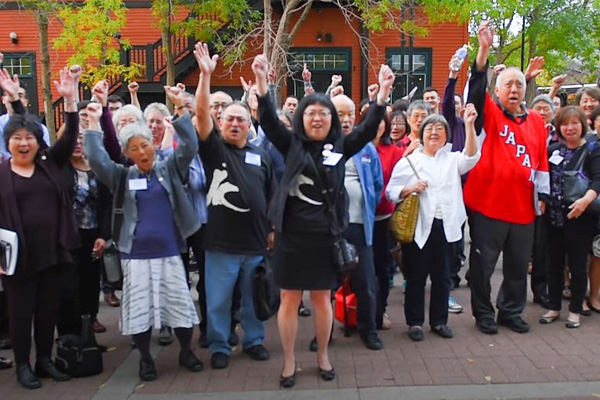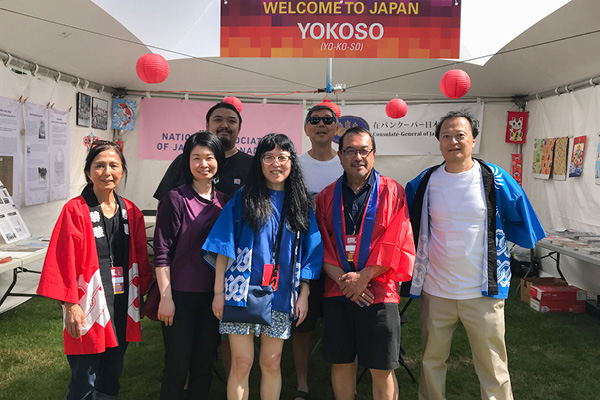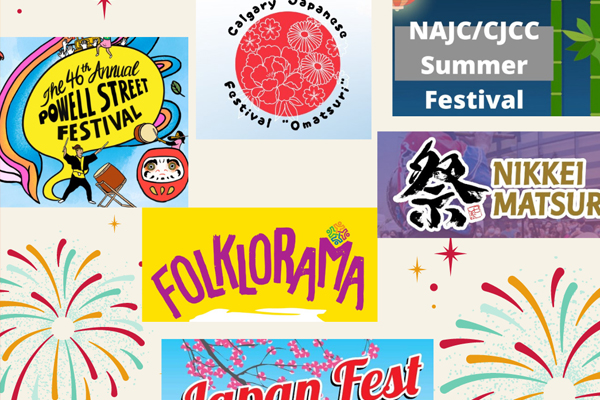On Forgiveness
 On the evening of October 5th, I had the personal pleasure of being a speaker on a panel titled The Practice of Forgiveness: Questions and Challenges in Pursuit of Reconciliation and Justice. The other members of the panel were Donald Sanderson – Assistant Professor, Faculty of Law (University of Toronto) who is also a member of the Cree (Opaskwayak) First Nations; Vera Schiff – Holocaust survivor and author; and Samantha Lawler- Forgiveness Project Story Contributor. The moderator was Cat Criger, Traditional Aboriginal Elder for the University of Toronto and a member of the Cayuga (Guyohkohnyoh) of the Six Nations Iroquois. The topic was part of a series of panels on the over-arching topic of forgiveness organized by the Equity office of the University of Toronto. The role of forgiveness in the healing process has not been fully explored in our community.
On the evening of October 5th, I had the personal pleasure of being a speaker on a panel titled The Practice of Forgiveness: Questions and Challenges in Pursuit of Reconciliation and Justice. The other members of the panel were Donald Sanderson – Assistant Professor, Faculty of Law (University of Toronto) who is also a member of the Cree (Opaskwayak) First Nations; Vera Schiff – Holocaust survivor and author; and Samantha Lawler- Forgiveness Project Story Contributor. The moderator was Cat Criger, Traditional Aboriginal Elder for the University of Toronto and a member of the Cayuga (Guyohkohnyoh) of the Six Nations Iroquois. The topic was part of a series of panels on the over-arching topic of forgiveness organized by the Equity office of the University of Toronto. The role of forgiveness in the healing process has not been fully explored in our community.
Before we can forgive, there must be a public acknowledgement of wrongdoing followed by an apology by the perpetrator and/or state. Since Japanese Canadians were affected by the internment in different ways, the apology and monetary compensation from the Canadian Government had to be individual in nature.
The Japanese word for apology is ‘sumimasen’ but it can also be used to mean “thank you.” Used in this context, the speaker acknowledges an act or an anticipated act of kindness and assumed debt (ON). I have noted that the Japanese Canadian community, upon accepting the Redress agreement, tacitly accepted the responsibility to lend its voice on human and civil rights that affect other minority groups in Canada.
An apology lacking in understanding and acceptance by the perpetrator is meaningless. According to the Toronto Star, the embattled Mayor Ford of Toronto has uttered a total of 189 apologies as of November 18th (Toronto Star, Dimanno, pg. A12). Forgiveness can only come when people assume ownership over their actions. I suspect that the Mayor is not yet done apologizing.
Although forgiveness is an individual act by the victim, it is important that the larger community is made aware of the transgression. Those who were directly affected must be given opportunities to ‘talk story’ and thereby leave a legacy of remembrance for future generations. The majority of Nikkei parents did not speak about the internment due to fear, shame and the cultural practice of shikataganai – it cannot be helped. Shikataganai was an effective defense mechanism to deal with the rampant racism that existed in Canada. Shikataganai should not be seen as a fatalistic act of ‘giving up’ but instead, as a mechanism for counteracting institutional racism by channelling ones potential within the limitations allowed by the dominant culture – such as being competitive in education, work, sports etc. Work twice as hard, play twice hard and always remember the importance of community over individual glory and live by the axiom that the ‘nail that sticks out gets hit.’ The Nikkei soldiers of both wars used the mechanism of loyalty and patriotism as an effective vehicle to successfully bring attention to the racism and inequity of the times.
The Holocaust survivor, Vera Schiff, noted that forgiveness was a privilege and she could never forgive the perpetrators of the Holocaust. Donald Sanderson’s mother was a victim of the Native Residential Schools and he spoke of the scars that affected her interaction with him. In a voice mixed with anger and sadness, he pointed out that it is a daily struggle for him to show compassion towards his children – he is nowhere near to walking the path of forgiveness with the Canadian government. The scars of one generation are carried to the next. Can the cycle ever be broken?
John Greenaway: Congratulations to John who recently received the NAJC Award of Merit in honour of his 20th anniversary as editor of The Bulletin. His paid readership tops over 5,000 and if you calculate the total number of unpaid readership, I estimate that number to be 15,000 per issue. John, you have fashioned an important life-line to members of our dispersed community across Canada. Thank you for your dedication and for those long deadline nights that are no doubt fuelled in memory of your mother who gave so much to the Vancouver community and the NAJC!
Susan Matsumoto: I would like to welcome Susan Matsumoto of Calgary as the newest member of our National Executive Board. She will be chairing the Constitution and Bylaw Committee. Susan is currently the executive director of Canadian Blood Services and comes to us with an impressive experience in the Canadian business community.
Membership Status Change: At this year’s annual general meeting held in Toronto, the National Council changed its membership bylaw whereby the category of ‘Associate Member Organization’ was changed to ‘Supporting Member Organization.’ This change will allow smaller centres the power to exercise two votes, move and second motions at all council meetings. The airfare and accommodation of a delegate will not be covered and the annual membership fee of $100 will remain the same. Currently, Regina is the only Chapter to be affected by this amendment. The Japanese Canadian Association of Yukon has changed its status from Supporting to that of a Full Member.
Season’s Greetings: Lastly, on behalf of the National Executive Board, I extend our best wishes for a happy holiday season and the best of health and happiness in the New Year – the year of the horse (I have to tell you of my experience with horse sashimi in Sendai in a later report – you’ll get a kick out of it).



